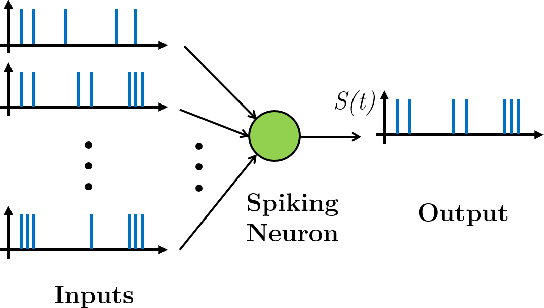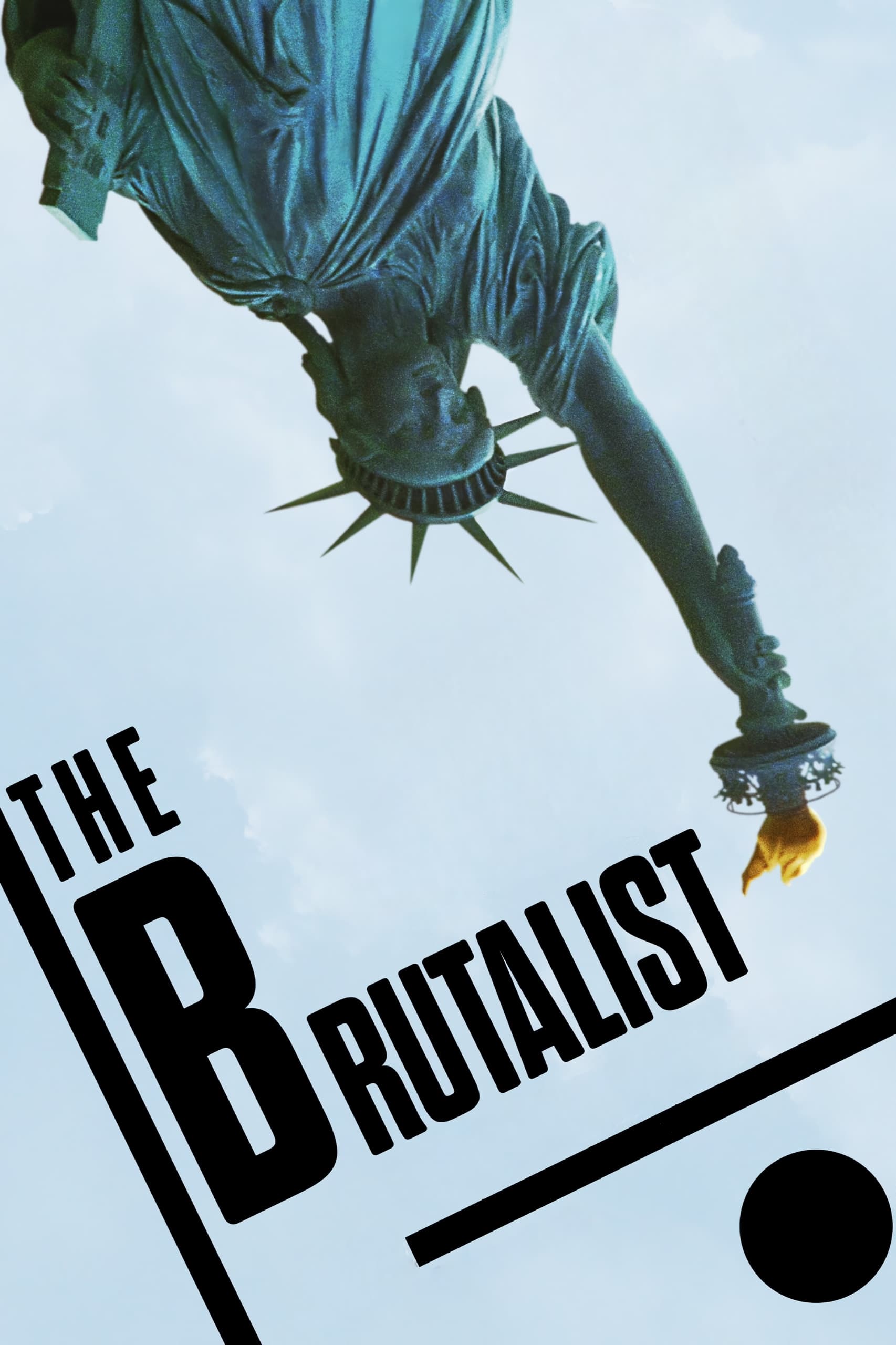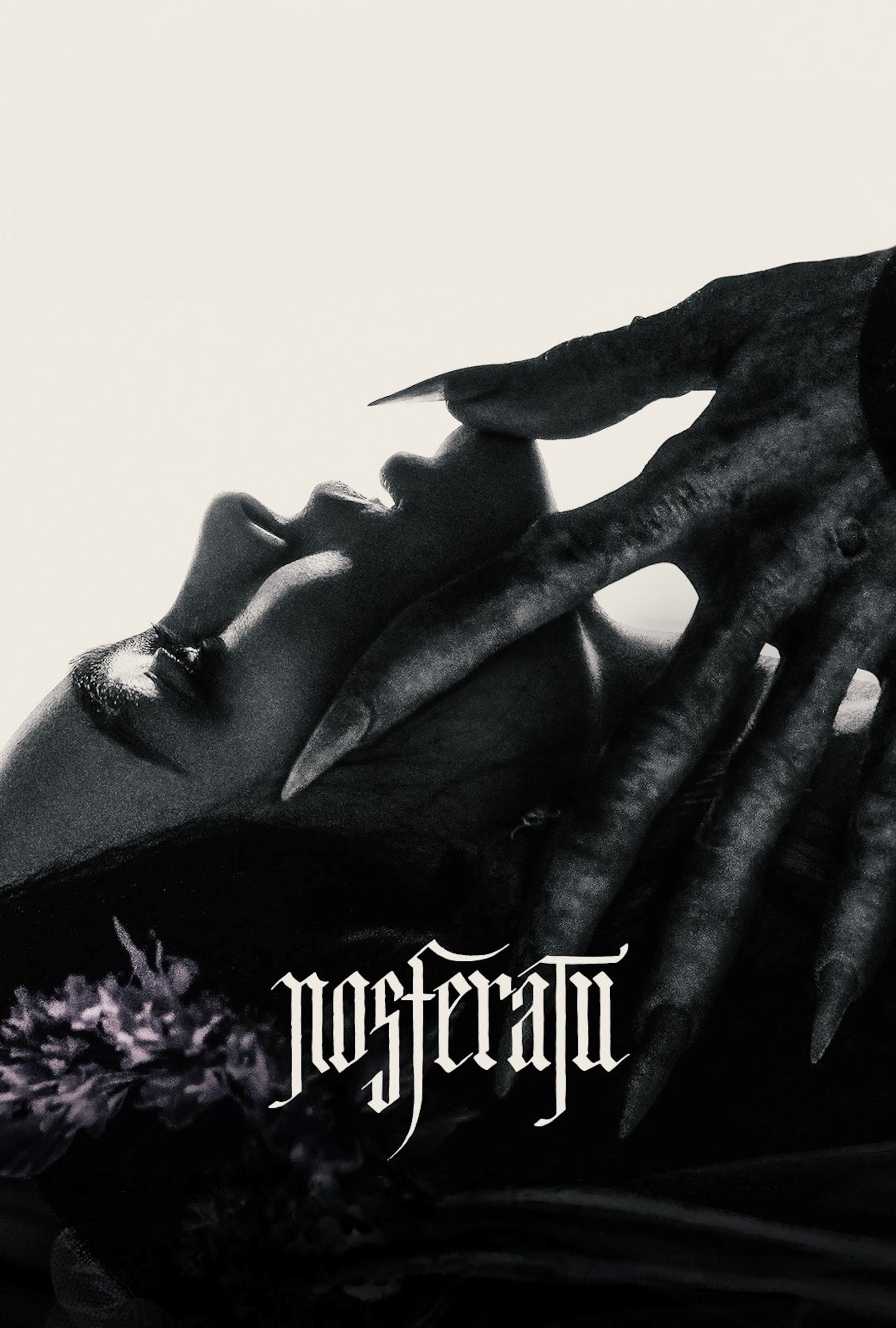
Exploring Spiking Neural Networks for temporal pattern recognition, using biologically inspired architectures and advanced training techniques.
Welcome to my blog! Here, I share milestones in my life, movie reviews, random thoughts, and more.

Directed by Brady Corbet
We tolerate you.The Brutalist is a searing, unflinching critique of the American Dream, exposing the dehumanizing machinery of capitalism that exploits, humiliates, and destroys those who dare to dream within its confines. At its core, the film is less concerned with the journey than with the destination, reflecting a narrative structure that eschews traditional arcs of growth or redemption in favor of a relentless march toward an inevitable, devastating conclusion. This approach underscores the film’s central thesis: within the framework of American capitalism, the path one takes is irrelevant—only the end result matters, and that result is often ruinous. Brady Corbet, the director, crafts a work that is as unyielding as its subject matter. His vision is meticulous and uncompromising, creating a film that operates as a self-contained, autoconclusive work of art. Every element is deliberate, every detail accounted for, leaving no room for interpretation or addition. In this sense, the film itself becomes a brutalist creation, rigid in its structure and unflinching in its vision. Corbet’s direction mirrors the duality of the protagonist—a poor Jewish immigrant who becomes a tragic symbol of the system’s brutality—caught between creation and destruction, ambition and despair. The figure of the architect emerges as a recurring motif, not only in Corbet’s work but also in contemporary cinema, as seen in Coppola’s Megalopolis. Here, the architect is not just a creator of spaces but a symbol of ambition, control, and the hubris of modernity. Corbet uses this archetype to explore the tension between creativity and exploitation, a theme that resonates deeply in our current moment, where the forces of capitalism continue to shape—and often distort—the built environment and the lives within it. Visually, the film is a masterpiece. From the opening shot—a handheld camera framing the Statue of Liberty upside down—Corbet sets the tone for a world turned on its head. This striking imagery is sustained throughout, with every frame meticulously composed to reflect the stark, unyielding nature of its themes. The cinematography, production design, and lighting all contribute to a sense of oppressive beauty, making the film as visually compelling as it is intellectually provocative.

Directed by Alfonso Cuaròn

Directed by Robert Eggers
Does evil come from within us or from beyond?Robert Eggers’ Nosferatu reimagines the legendary tale of the vampire Count Orlok with a striking and provocative lens, one that places female liberation at its core. Unlike previous adaptations, Eggers crafts a narrative where horror is not merely external but deeply rooted in societal repression—particularly the control exerted over women’s desires and autonomy. The film’s protagonist finds herself ensnared in a world that labels her longing for freedom, especially sexual freedom, as hysteria. Men attempt to silence her through medication, through confinement, through chains both literal and metaphorical. Her struggle is not just against a monstrous creature but against the societal structures that have sought to suppress her very being. In this reading, Nosferatu is not merely a creature of the night but the dark manifestation of a secret, repressed, and tainted relationship with sexuality—one that society simultaneously fears and creates. Eggers’ vision is strikingly different from Werner Herzog’s 1979 adaptation, which leaned into the melancholic tragedy of the vampire’s curse. However, this Nosferatu feels in perfect continuity with Eggers’ own filmography, particularly The Witch, where the protagonist’s embrace of supposed evil is, in fact, an act of liberation from an oppressive world. In both films, the question is not whether the protagonist should resist the darkness but whether that darkness is, in truth, her only path to freedom. With meticulous period detail, haunting visuals, and an unsettling atmosphere, Eggers breathes new, terrifying life into a classic story—one that is not just about an ancient evil but about the way we, as a society, have always conjured monsters to justify our fears. Nosferatu is not merely a vampire film; it is a mirror reflecting the very forces that shape our understanding of desire, fear, and power.
Today, I officially graduated with my Master's degree in Physics of Data from the University of Padua. It was a challenging but rewarding journey, and I'm excited to see where this new chapter takes me. Here's to lifelong learning and new adventures!